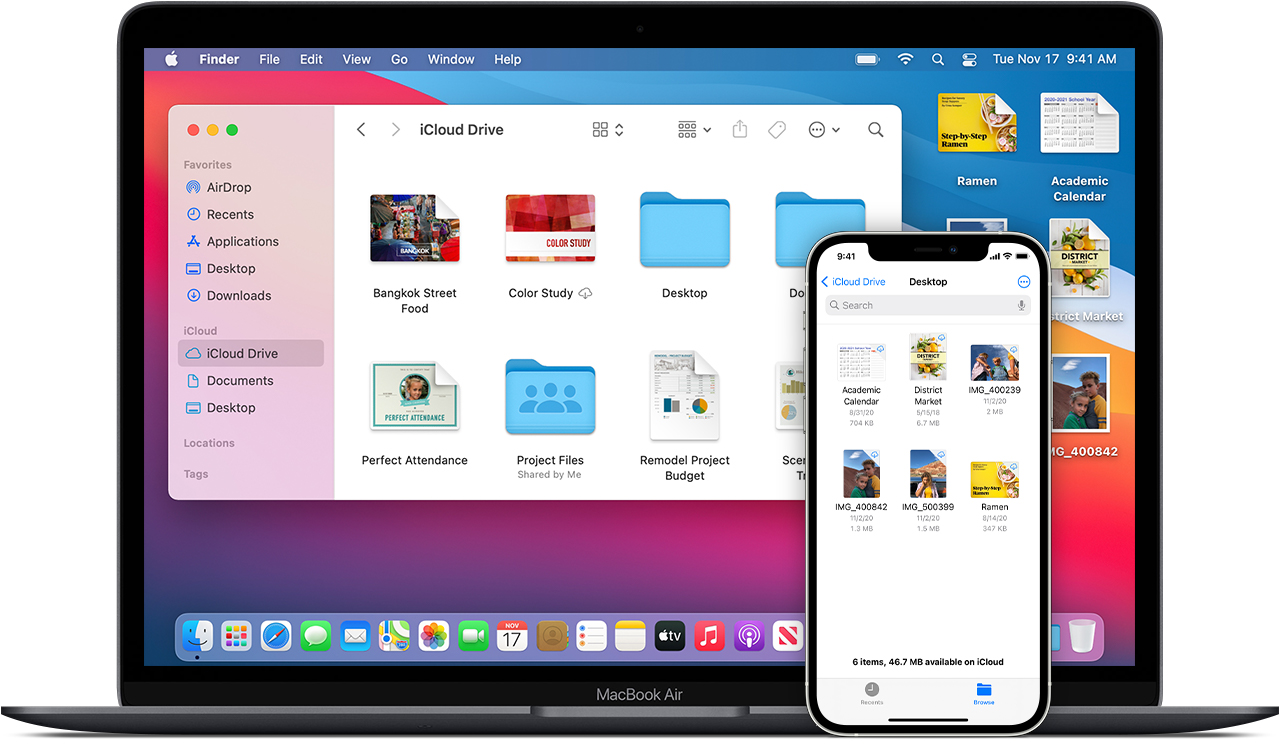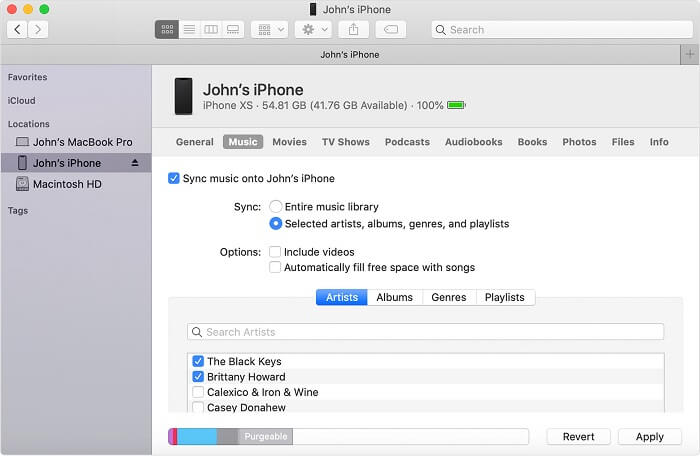

- #Download photos from my iphone to my mac how to
- #Download photos from my iphone to my mac movie
- #Download photos from my iphone to my mac 720p
NOTE: During launch, the application will ask you to unlock to your iPhone. Launch the app ( Applications > Image Capture).Use a cable to connect your iPhone to your Mac.

The Image Capture Help files go into these options in more detail. NOTE: You can use Image Capture to transfer files from an iPad or a camera. And what I discovered is that this app makes transferring media even easier than Preview. Hmm… I don’t think I’ve ever launched Image Capture, so this week, I decided to take a closer look. ( See it here.) Afterward, a reader wrote to say they used Image Capture (another Apple-supplied application) for the same purpose and found it easier to use.
#Download photos from my iphone to my mac how to
Choose None to export the videos as individual files without subfolders.Ĭhoose where to save the exported video files, then click Export.Last week, I posted a video demo on how to use Preview to transfer media files from an iPhone to a Mac. 4K is used for ultra-high-definition TVs and displays.įor example, if you export videos from several different days, you can have Photos export each day as a subfolder named after the day.
#Download photos from my iphone to my mac 720p
If the video will play on a high-definition TV or display, choose one of the high-definition formats: 720p or 1080p. Standard definition (480p) is good for standard-definition TV.

#Download photos from my iphone to my mac movie
In the Photos app on your Mac, select videos you want to export.Ĭhoose File > Export > Export Videos.Ĭlick the Movie Quality pop-up menu and choose the video format for the exported video. When you export a video, you can choose the movie quality and whether metadata such as a title or caption is included with the exported file. You can export videos so that you can share them or work with them in other apps. If you want to export IPTC information (assigned IPTC metadata and keywords) as a sidecar XMP file, select the Export IPTC as XMP checkbox.Ĭhoose where to save the exported photo files, then click Export Originals. In the Photos app on your Mac, select the photos you want to export.Ĭhoose File > Export > Export Unmodified Original. A Live Photo is exported as two separate files: a still image file and a video file. You can export photos in the original file format in which they were imported into your Photos library. Choose None to export the photos as individual files without subfolders.Ĭhoose where to save the exported photo files, then click Export. If you choose Sequential, you can specify text to appear before each number (for example, Birthday - 1, Birthday - 2, and so on).Ĭlick the Subfolder Format pop-up menu and choose how to divide the exported files into folders.įor example, if you export photos from several different days, you can have Photos export each day as a subfolder named after the day. You can name your exported files using the titles you’ve given them in Photos, their filenames, or a filename numbered sequentially. PNG is another lossless file format popular for web images.Ĭlick the File Name pop-up menu and choose how to name the exported files (this step is optional). TIFF is a lossless file format that works well for transferring photos between computers and apps. JPEG creates small-size files suitable for use with websites and other photo apps. In the Photos app on your Mac, select the item you want to export.Ĭhoose File > Export > Export Photos.Ĭlick the Photo Kind pop-up menu and choose the file type for the exported photos. You can also export a Live Photo as a still image. You can choose the size and format for the exported photos. You can also use the Export command, which allows you to specify file format, filenaming, and subfolder organization settings. The easiest way to export photos is to drag them to a location in the Finder. You can export photos so that you can import them and work with them in other apps.


 0 kommentar(er)
0 kommentar(er)
